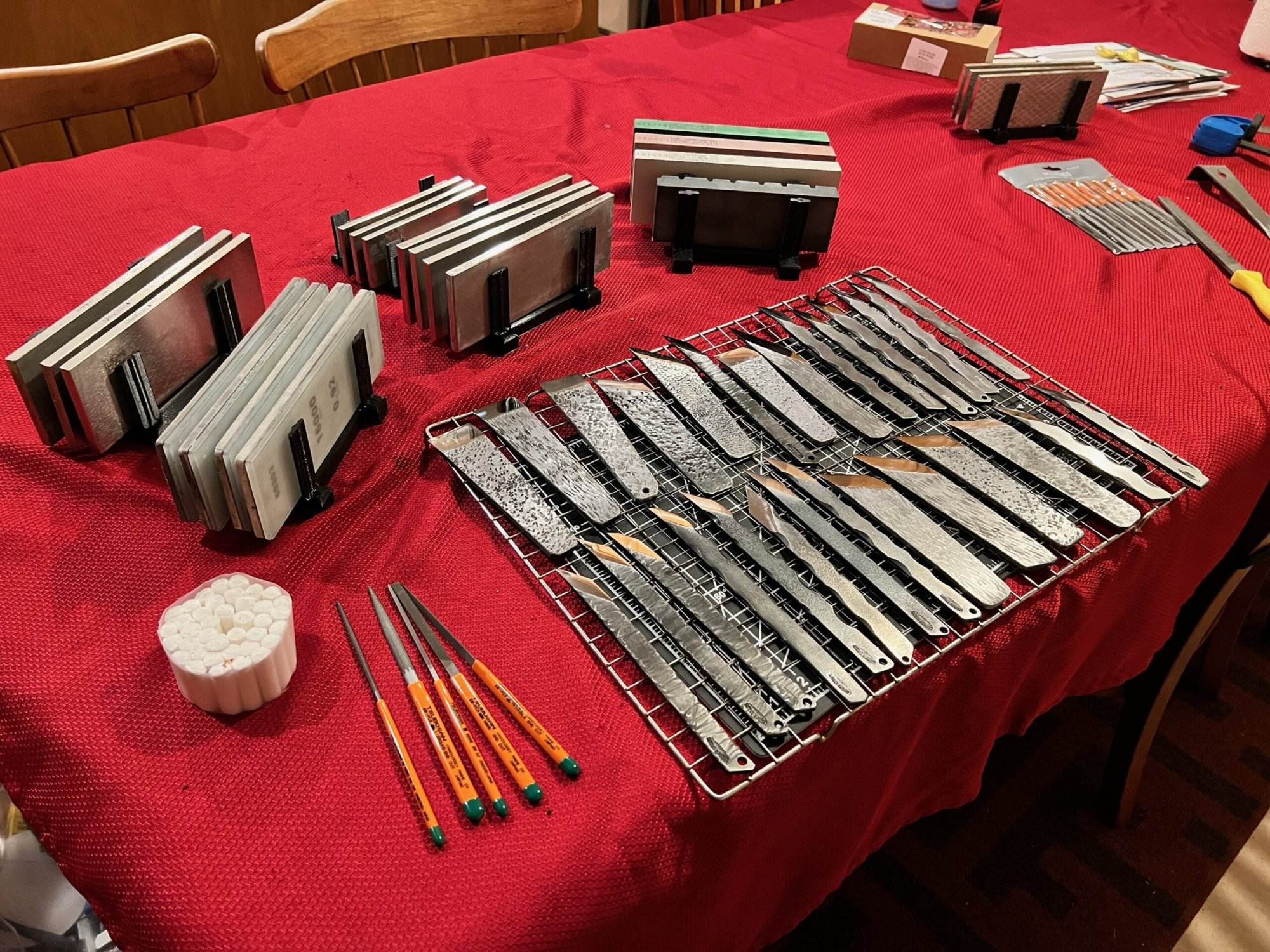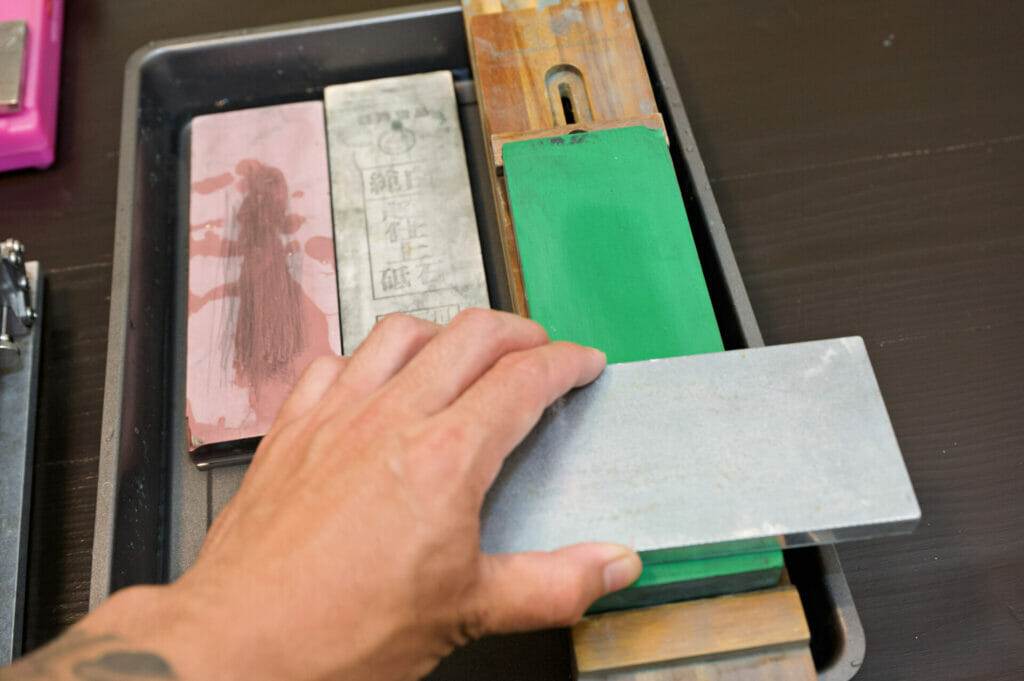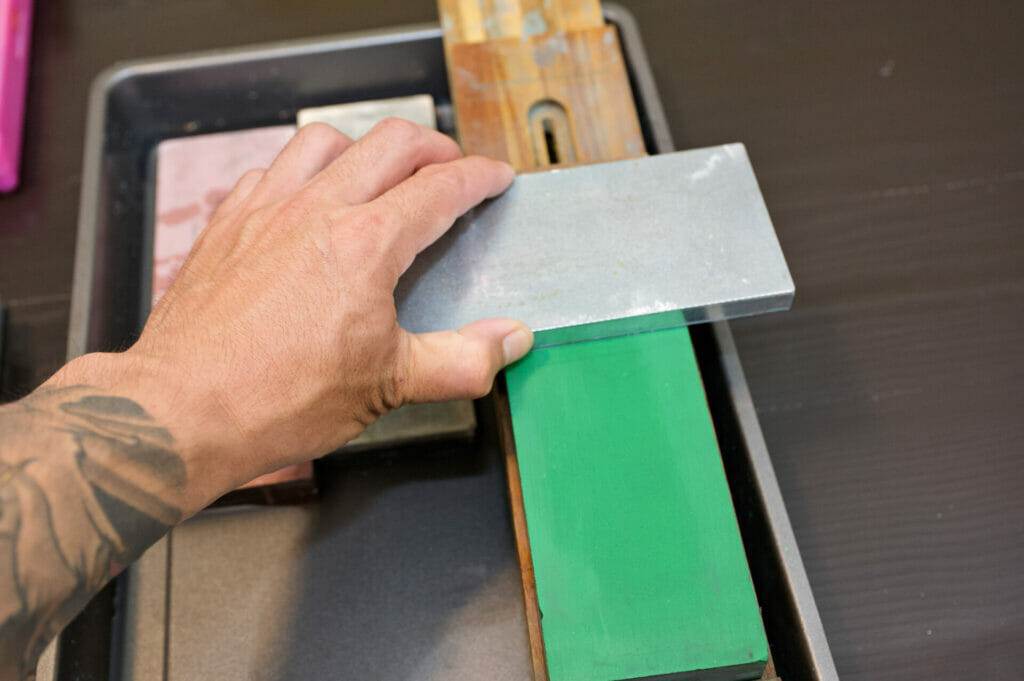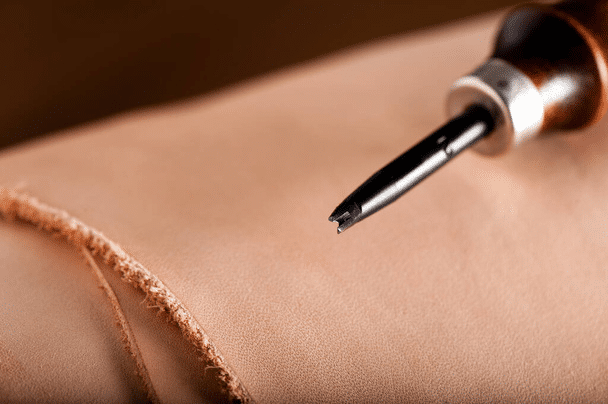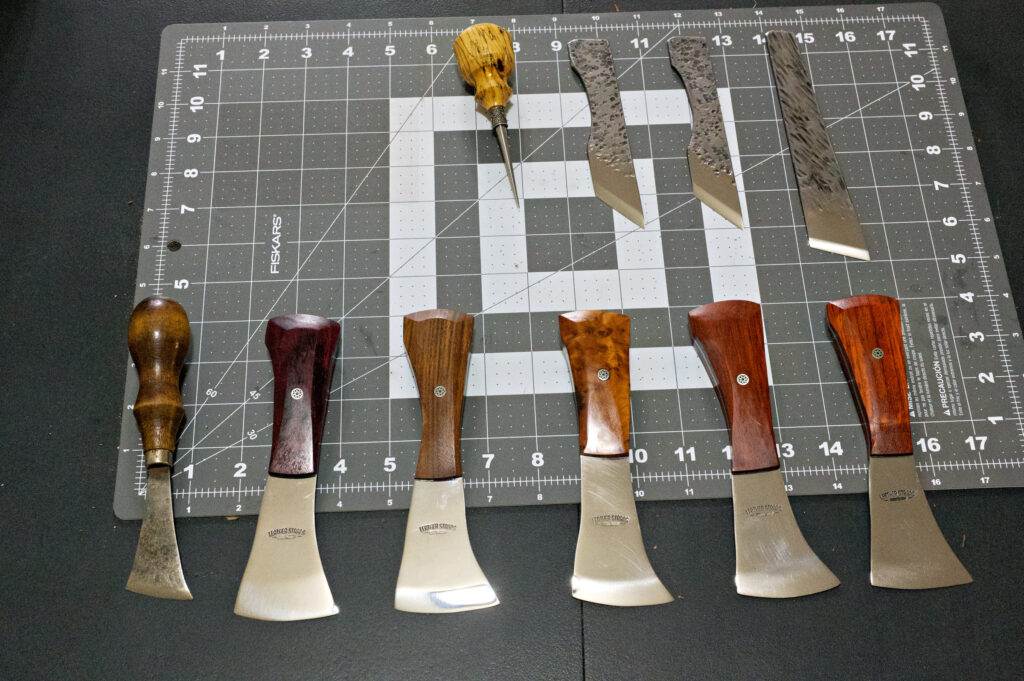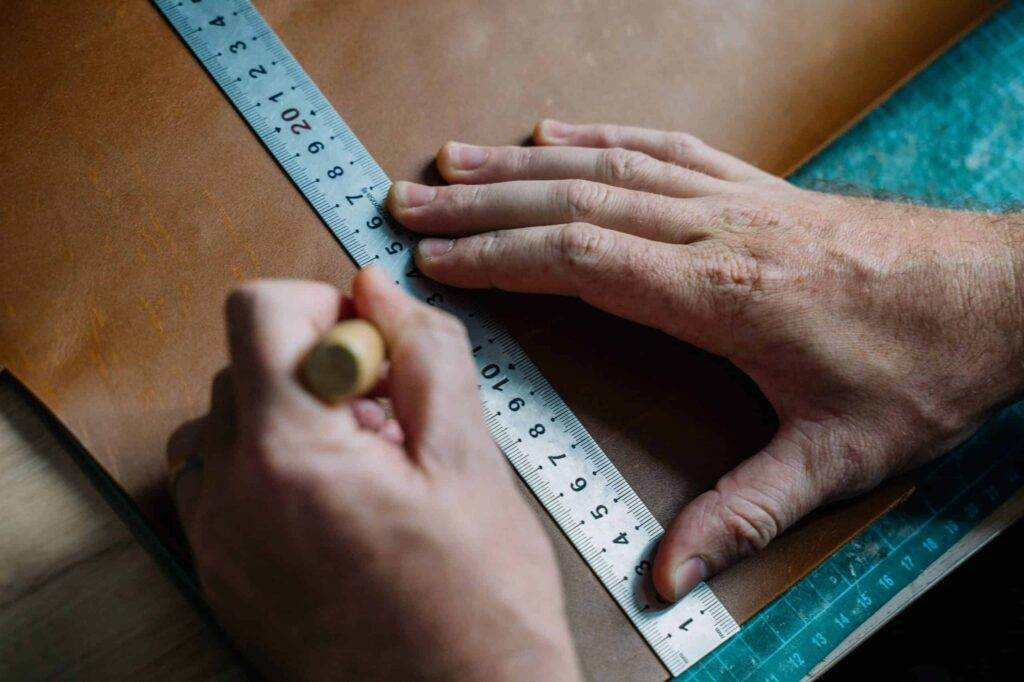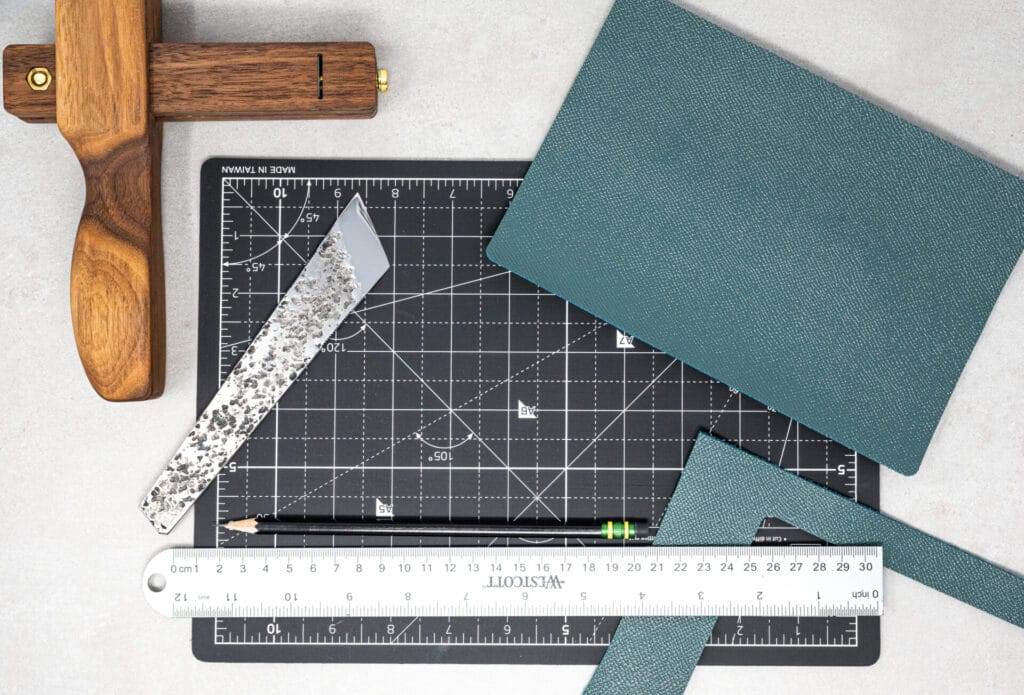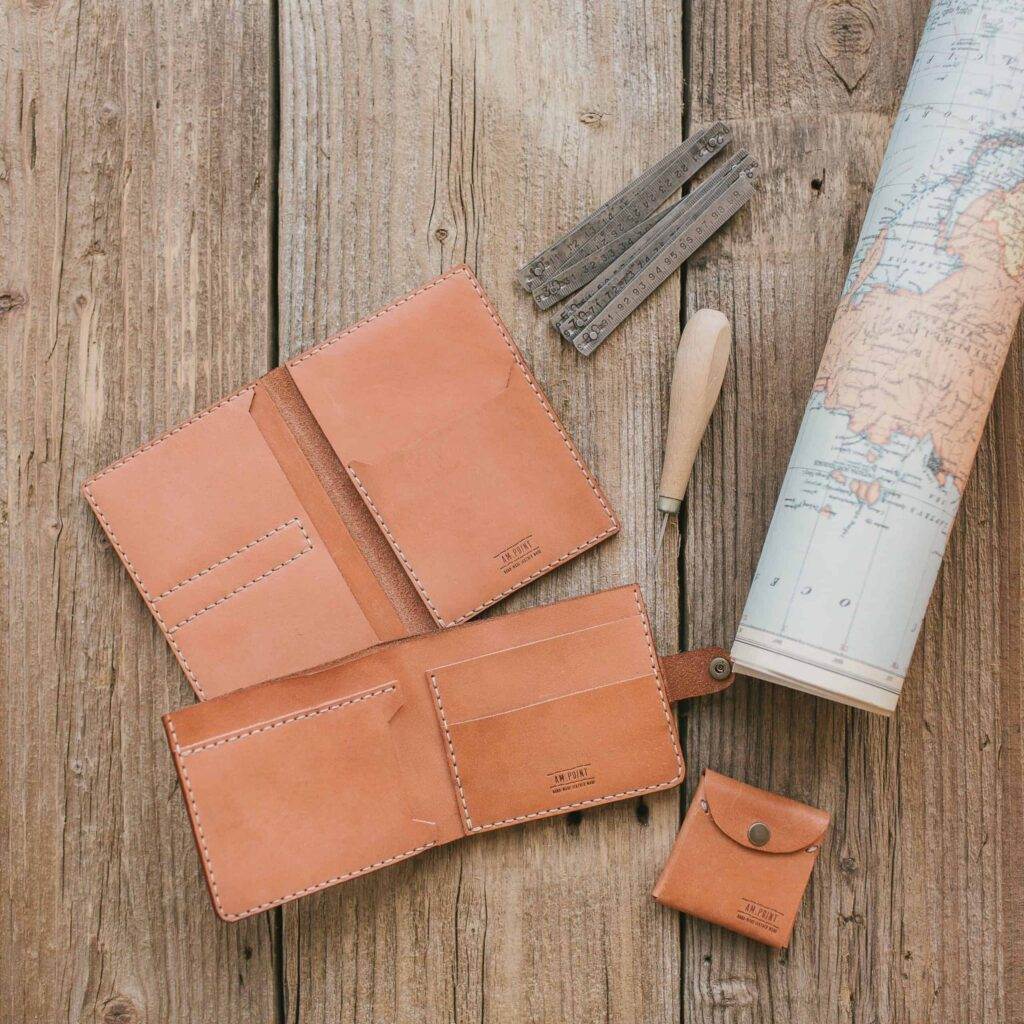Flattening your Sharpening Stones: Essential Tips for Effective Use
Sharpening stones are an essential tool for getting a clean and precise edge on your tools and knives. However, without proper technique and knowledge of how to get the most out of your sharpening stones, it can be difficult to achieve the desired results. Today, we’re going to be going over the basics of flattening your sharpening stones and some essential tips for effective use so that you can get your knives and tools sharper than ever.
Sharpening stones become uneven over time due to the nature of their use. As the stones wear down, they become less efficient and leave behind steel particles, making them unable to do the job they’re meant to do. Flattening and lapping your sharpening stones is essential in order to create a flat surface, which will allow the stone to cut more evenly. By lapping and flattening your sharpening stones you can improve the surface quality of your tools and knives, making them sharper and more precise.
We’ll explore the importance of regularly flattening your sharpening stones, as well as provide some essential tips on effective use so that you can maximize their effectiveness and get the cleanest and finest of edges for your tools or knives. So let’s start exploring the world of sharpening stones and all of the secrets they hold!
Gather the necessary materials and prepare a flat surface
Before beginning the process of flattening your sharpening stones, it’s important to gather the necessary materials and prepare a flat surface for the work. Sandpaper is an easy and inexpensive option for this surface. It must be stored safely, cleaned properly, and kept sharp. You will also need a whetstone or waterstone, a lapping plate or flattening stone, and a dished truing stone. After you have all your materials ready, you can begin the process of flattening your stones.
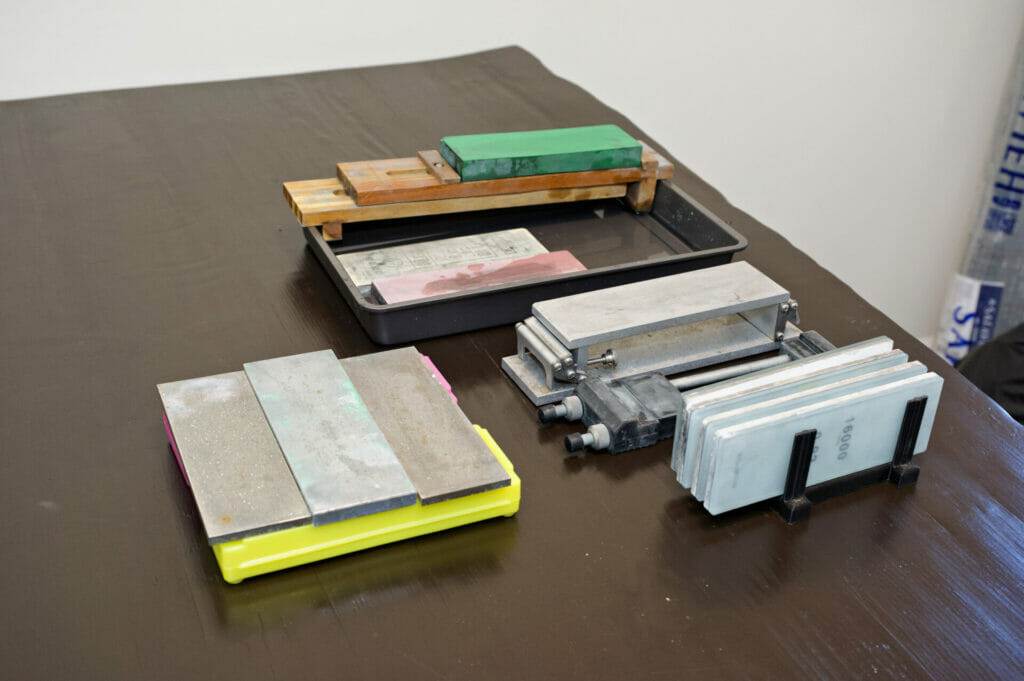
Place flattening stone and dished truing stone on the surface
Next, you will need to place the flattening stone and dished truing stone on the surface. Make sure the surface is clean and flat. It is important to ensure that the stone is firmly placed so that it does not move while in use. Make sure to use enough pressure when placing the stones as this will help prevent any scratches or damages to the stone. Once you have placed the stones, you are ready to begin sharpening your waterstone.
Rub the waterstone over the lapping plate or flattening stone
Once you have gathered all the materials and prepared a flat surface, it’s time to begin the process of flattening your sharpening stones. Place the dished truing stone and flattening stone on the surface and then start rubbing the waterstone over the lapping plate or flattening stone. To ensure an even flattening, use a circular or back and forth motion while rubbing the sharpening stone. Be sure to add water to the surface when needed and periodically check your progress. As you rub your stone/plate/paper around, keep in mind that you can use either straight lines or circles. To ensure optimal results, make sure to use plenty of water while flattening.
Using a Diamond Stone to flatten a water stone
Using a diamond stone is an effective way to flatten a water stone. A coarse or extra coarse diamond stone will do the trick, but be aware that it will wear more quickly than other flattening stones. Start with a 100-140 grit diamond stone, using it in a circular motion to wear down your sharpening stone. Periodically check your progress, and add more water as needed. Once you’ve achieved the desired results, use a 300-400 grit diamond stone to polish the stone before continuing your sharpening process.

Lubricate the flattening stone
Once you have your flattening stone and dished truing stone on the surface, it is important to lubricate the flattening stone. This is essential in order to ensure that your sharpening stones stay flat and don’t become rounded during the sharpening process. Adding a light dish soap to the surface of your flattening stone will ensure that it glides smoothly over your sharpening stones. Additionally, it will help keep debris from sticking to the stones, which can dull their edges. Make sure to use plenty of water while lubricating and flattening your stones.
Rub the sharpening stone over the surface in either a circular or back and forth motion
Once the flattening stone and truing stone have been securely placed on a flat surface, it is time to begin remove material. To do this, the sharpening stone should be lubricated with either water or water with a small amount of dish soap and then rubbed over the surface in either a circular or back and forth motion. This is an important step to ensure that the stone remains even in its shape and will not cause any damage to the knives or tools being sharpened. Make sure to periodically check progress and use plenty of water or oil for lubrication. With this method, you can easily sharpen your knives and tools with a smooth, even finish.
Periodically check your progress
It is essential to check your progress periodically while flattening a sharpening stone. This can be done by stopping every few moments to make sure all the sharpie marks have worn away, while using a diamond stone or lapping plate to flatten the water stone. To ensure that the stone is flat, lubricate the flattening stone with water and rub it over the surface in either a circular or back and forth motion.
Depending on the stone you are using, you may need to use a light mineral oil for lubrication. If you are using a Japanese water stone, you should use only water as the lubricant. It is important to check your progress periodically and make sure that the stone is absolutely flat in order to achieve an optimal edge. Make sure to use plenty of water while flattening, as this will help to reduce friction and prevent your stone from becoming damaged. When you think it’s time to check your progress, pour some water on the whetstone and carefully start moving your stone/plate/paper around. Once all the pencil marks have worn away and the hollow in the whetstone is gone, you can be sure that your sharpening stone is correctly flattened.
Make sure to use plenty of water while flattening
It is important to use plenty of water while flattening your sharpening stones. This is because it helps lubricate the stone and prevents it from being gouged. When using a soaking water stone, make sure to soak it for a couple of minutes in water before beginning the flattening process so that it is adequately moistened. It can be helpful to pour some water over the whetstone and then gently move it around in either straight lines or circles while flattening. This will help ensure that your sharpening stone is evenly flat when you are finished.

